Zone Revisions
floramakros
11 years ago
Related Stories
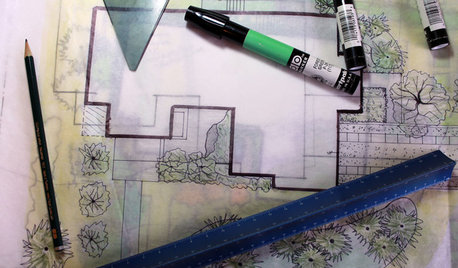
WORKING WITH PROSUnderstand Your Site Plan for a Better Landscape Design
The site plan is critical for the design of a landscape, but most homeowners find it puzzling. This overview can help
Full Story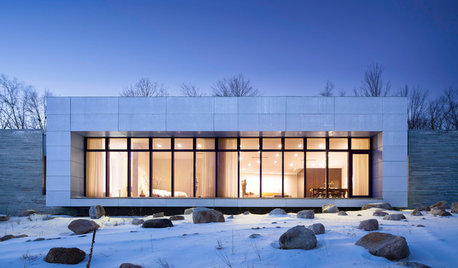
CONTRACTOR TIPSBuilding Permits: The Inspection Process
In Part 5 of our series on home building permits, we explore typical inspection schedules for a variety of project types
Full Story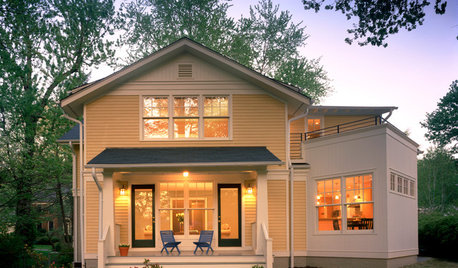
WORKING WITH PROSHow to Hire the Right Architect: Comparing Fees
Learn common fee structures architects use and why you might choose one over another
Full Story
GREAT HOME PROJECTSHow to Add a Radiant Heat System
Enjoy comfy, consistent temperatures and maybe even energy savings with hydronic heating and cooling
Full Story
GARDENING AND LANDSCAPINGGrow a Lush Privacy Screen
No need to wait forever for patio privacy the green way. These 10 ideas will get your screening up and running in no time
Full Story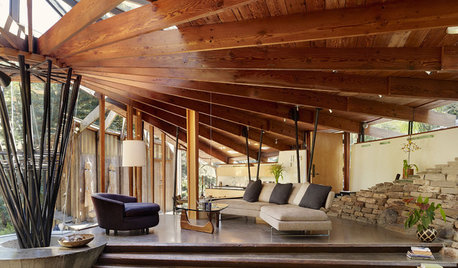
ARCHITECTUREHave It Your Way — What Makes Architecture Successful
Universal appeal doesn't exist in design. The real beauty of any home lies in individualization and imagination
Full Story
MOST POPULAR15 Remodeling ‘Uh-Oh’ Moments to Learn From
The road to successful design is paved with disaster stories. What’s yours?
Full Story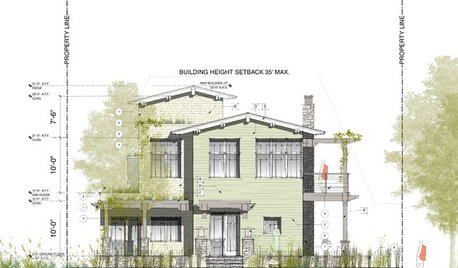
ARCHITECTUREThink Like an Architect: How to Pass a Design Review
Up the chances a review board will approve your design with these time-tested strategies from an architect
Full Story
REMODELING GUIDESSurvive Your Home Remodel: 11 Must-Ask Questions
Plan ahead to keep minor hassles from turning into major headaches during an extensive renovation
Full Story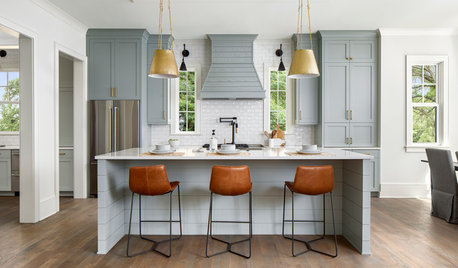
MOST POPULARHow Much Room Do You Need for a Kitchen Island?
Installing an island can enhance your kitchen in many ways, and with good planning, even smaller kitchens can benefit
Full Story










gardengal48 (PNW Z8/9)
ken_adrian Adrian MI cold Z5
Related Professionals
Garden City Landscape Architects & Landscape Designers · La Marque Landscape Architects & Landscape Designers · Paradise Landscape Architects & Landscape Designers · Tempe Landscape Contractors · Wilmington Landscape Contractors · Matthews Landscape Contractors · Apollo Beach Landscape Contractors · Barrington Landscape Contractors · Chelmsford Landscape Contractors · East Hanover Landscape Contractors · Longmont Landscape Contractors · Panama City Beach Landscape Contractors · Petaluma Landscape Contractors · Spring Landscape Contractors · Markham Landscape ContractorsfloramakrosOriginal Author
floramakrosOriginal Author
floramakrosOriginal Author
Toronado3800 Zone 6 St Louis
gardengal48 (PNW Z8/9)
Embothrium
jimbobfeeny
floramakrosOriginal Author
floramakrosOriginal Author
floramakrosOriginal Author
davidrt28 (zone 7)
floramakrosOriginal Author
jimbobfeeny
Sara Malone Zone 9b
Embothrium
jimbobfeeny
gardener365
joeschmoe80
joeschmoe80
jimbobfeeny